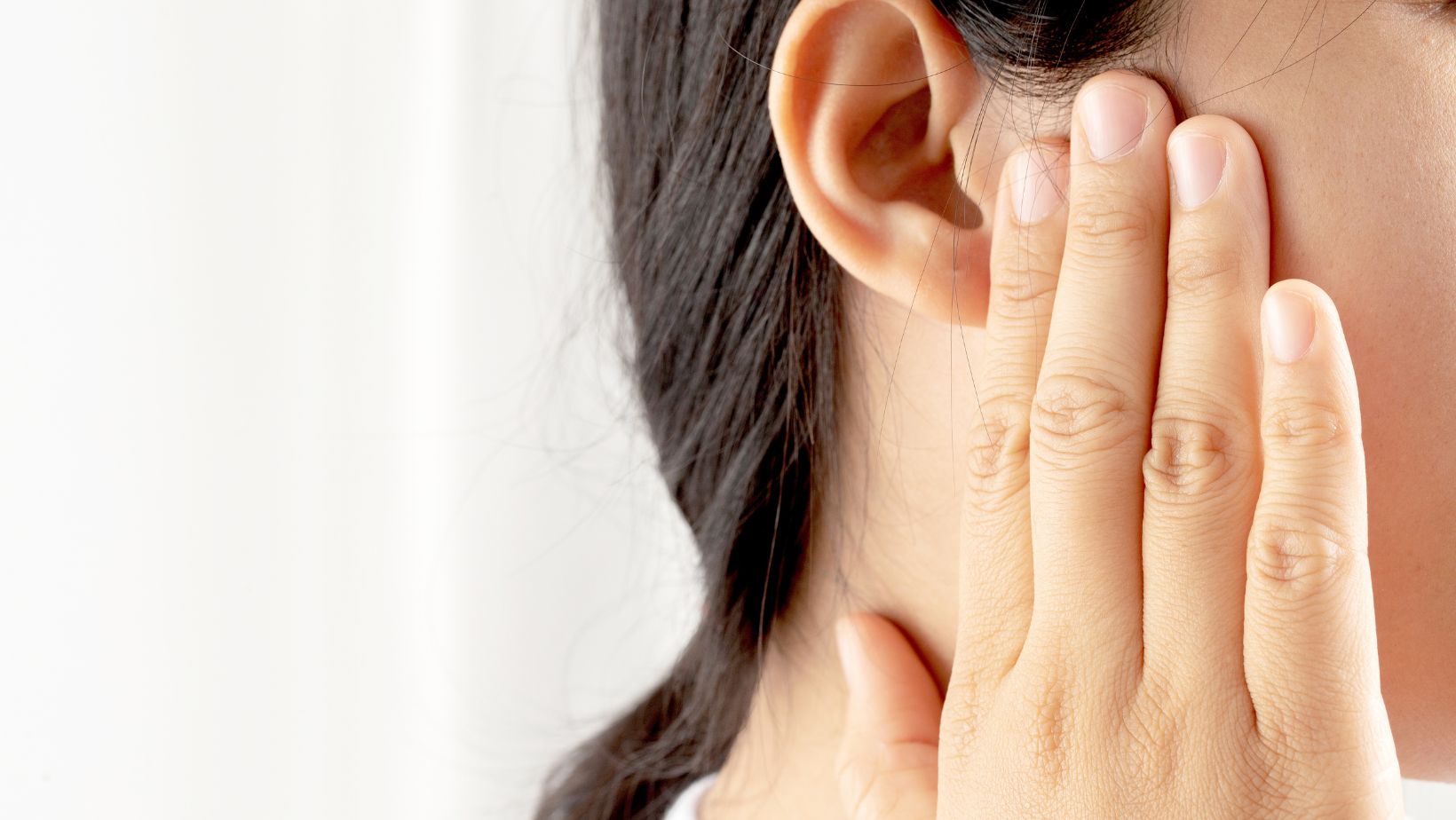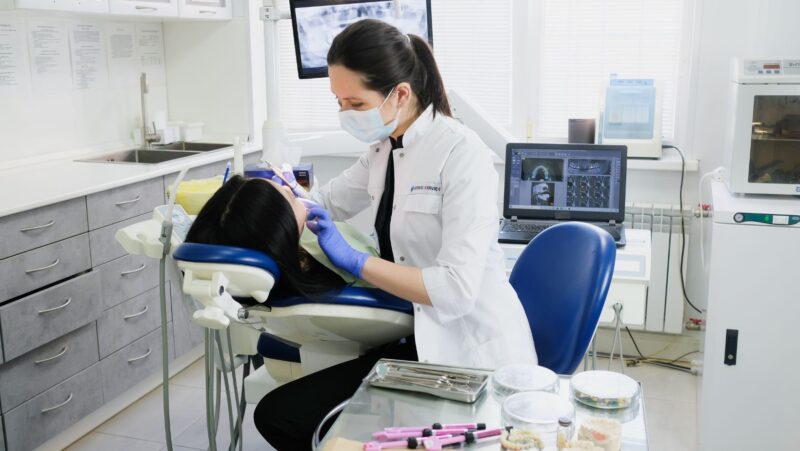
Let’s face it—earwax isn’t the most glamorous topic, but it’s one of those things that can really affect your comfort and hearing if it builds up too much. While it’s totally normal and even beneficial in small amounts, too much earwax can lead to blocked ears, muffled hearing, and even pain. If you’ve ever experienced these issues, you’re not alone—and you might’ve come across the term “microsuction” as a potential solution.
Let’s go through what microsuction earwax removal actually is, how it works, and why so many people are now choosing it over traditional methods. Whether you’re curious, cautious, or considering booking an appointment, this post will give you everything you need to know.
What Is Microsuction Earwax Removal?
Microsuction is a modern, highly effective method of earwax removal that uses a gentle suction device to clear blockages. Unlike ear syringing or irrigation, which involves flushing the ear with water, microsuction is a dry procedure. That means it’s much cleaner, often more comfortable, and carries a lower risk of infection or damage.
The process is done with a specialised suction probe and a microscope or magnifying headset, allowing the practitioner to see exactly what they’re doing. This precision makes microsuction especially safe, even for people with perforated eardrums or those prone to ear infections. You can book your professional ear cleaning services by clicking on the link.
The Microsuction Procedure: Step-by-Step
If it’s your first time, you might be wondering what actually happens during a microsuction appointment. Here’s a quick breakdown:
- Examination – The practitioner will first examine your ears using a special magnifying tool to assess the level of wax build-up.
- Preparation – You may be asked if you’ve used any ear drops beforehand. In some cases, a few days of softening drops can help, but many people don’t need this step at all.
- Microsuction Begins – The suction probe is gently inserted into your ear canal while the practitioner closely monitors the process with magnification.
- Wax Removal – You’ll hear a slight whooshing sound as the wax is suctioned out. It’s not painful, but it can feel a bit odd.
- Final Check – Once the wax is removed, the practitioner will check again to ensure your ear canal is clear.
The whole process usually takes around 15–30 minutes.
Is Microsuction Safe?
In short—yes, microsuction is widely considered one of the safest methods of earwax removal available today. Because it doesn’t involve introducing water into the ear, the risk of infection or damage is very low. It’s also ideal for people who have had problems with syringing in the past or who have sensitive ears.
Microsuction is often recommended for people who wear hearing aids, have a history of ear infections, or suffer from ear-related skin conditions. It’s even safe for children and elderly individuals when performed by a qualified professional.
Benefits of Microsuction
There are several key advantages to choosing microsuction over traditional methods:
- Quick and effective – It’s usually done in under 30 minutes, with instant relief.
- No water involved – Great for those with perforated eardrums or previous infections.
- Minimal discomfort – Most people report no pain at all—just a slight tickling or suction sensation.
- Precise – The practitioner can see exactly what they’re doing, making it much safer.
- Immediate results – Many people notice clearer hearing as soon as the procedure is done.
What to Expect After the Procedure
After microsuction, most people feel instant relief, especially if they’ve been struggling with muffled hearing. You might notice that your hearing is unusually sharp or sensitive for a few hours—that’s completely normal and should settle quickly.
It’s a good idea to avoid getting water in your ears for the rest of the day, and you may be advised to use a drop of olive oil occasionally to keep the ear canal moisturised. If you were using hearing aids, they can usually be worn again straight away.
Follow-up treatments aren’t always necessary, but if your ears tend to produce a lot of wax, your practitioner may suggest having them checked once or twice a year.
FAQs About Microsuction
Does it hurt? No, most people find it comfortable. You might feel a slight tickle or hear a suction noise, but it’s rarely painful.
How often should I get it done? That depends on how much wax your ears produce. For some, once a year is enough. Others may need it more frequently.
Is it available on the NHS? In some areas, yes—but many GP surgeries have stopped offering earwax removal. Private clinics are often faster and more accessible.
Can I do microsuction at home? No—this procedure should only be done by trained professionals with the proper equipment. DIY attempts can lead to injury or infection.
Final Thoughts
Microsuction earwax removal is a safe, quick, and reliable way to deal with blocked ears. Whether you’ve had bad experiences with syringing in the past or you’re just looking for a cleaner, more precise option, microsuction is definitely worth considering.
If your ears feel blocked or you’re struggling to hear clearly, don’t ignore it. Book a consultation with a qualified professional and see if microsuction is right for you. You’ll be amazed at the difference a clear ear canal can make.








